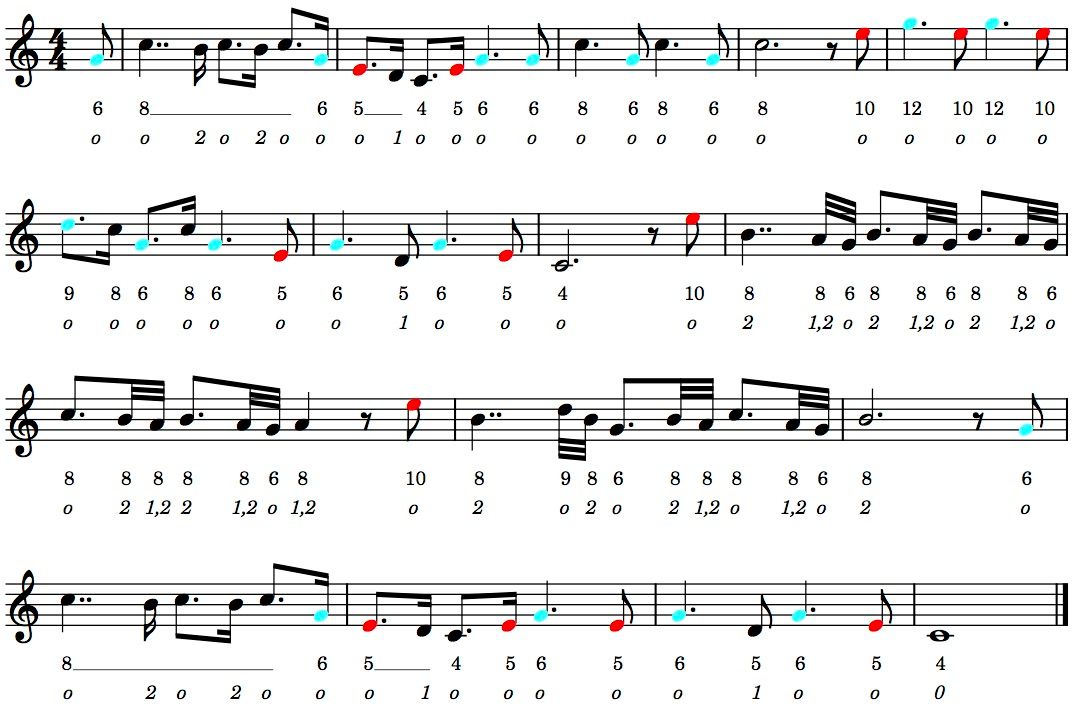Hi and welcome to the very first blog of The Brass Whisperer.
I want to share some of the music that has inspired me and fuelled me over the decades: the genre of chamber music. As a performer I love the responsibility, the intimacy and the sheer necessity to be constantly musical. It’s a great joy to have a truly vital role in the recreation of each piece of music. One’s perceptions must be alertly attuned to what every other musician is doing.
I’m not going to rave on for paragraphs about this marvellous collaborative process, rather I want to delve into the Wind Quintet by Carl Nielsen. In particular I want to engage with the variation for horn in the last movement. This brings into play the two main areas of what this blog is all about: playing and writing music for brass music instruments and fine intonation skills including just intonation.
Here is a brief video of myself playing the horn variation.
Nielsen wrote for Horn in F. Certainly, in Variation IX, using the F horn as much as possible brings out the flavour of the music and sets up the intonation really simply. In the video I used a Richard Seraphinoff horn with an F crook and three piston valves. The music notation shows the pitches with the harmonics played and the tube length used (no valves, each valve or the combination of valves 1 & 2). The colours are similar to what Robin Hayward used in his Tuning Vine. Light blue for all harmonics (3), 6, 9, 12; red for harmonics 5, 10. Light blue harmonics are a little bit sharper than pitches played on a standard keyboard. Red harmonics are significantly flatter than those on a standard keyboard. These small differences add a lot to the flavour, and when played in chords make a wonderful difference.

Playing the horn is all about working with harmonics and subtle tunings.
